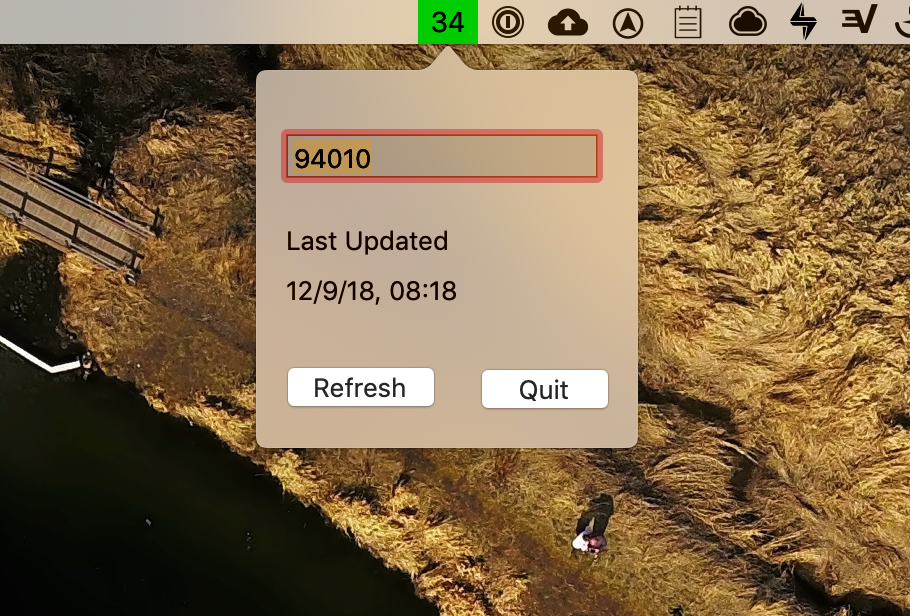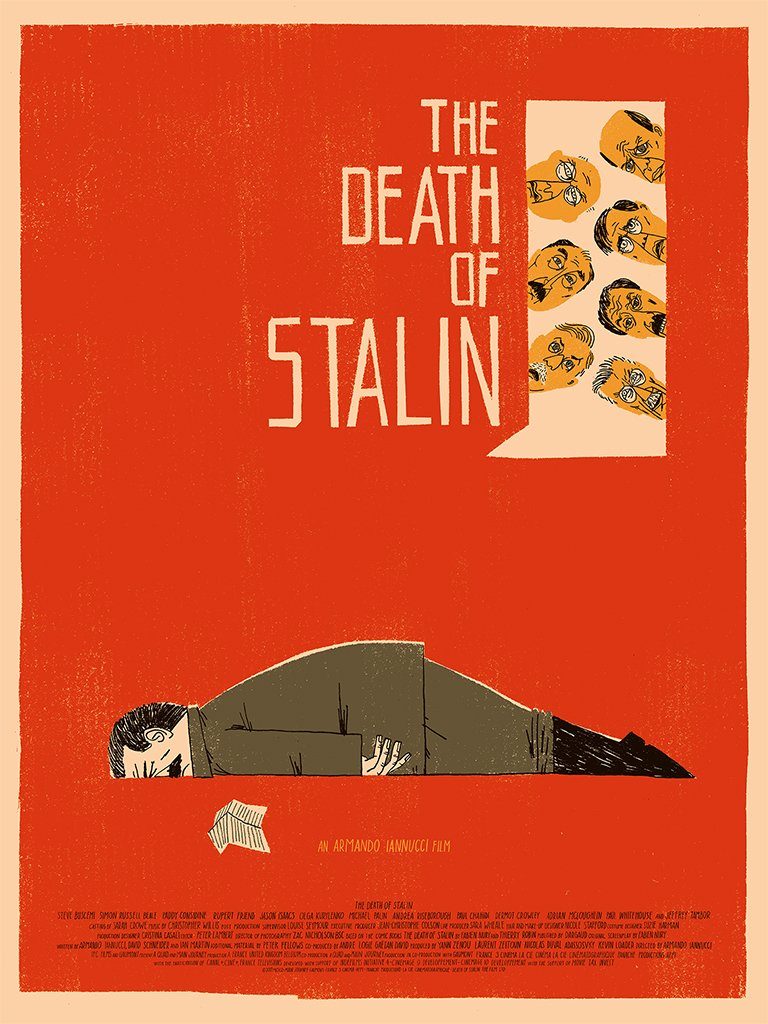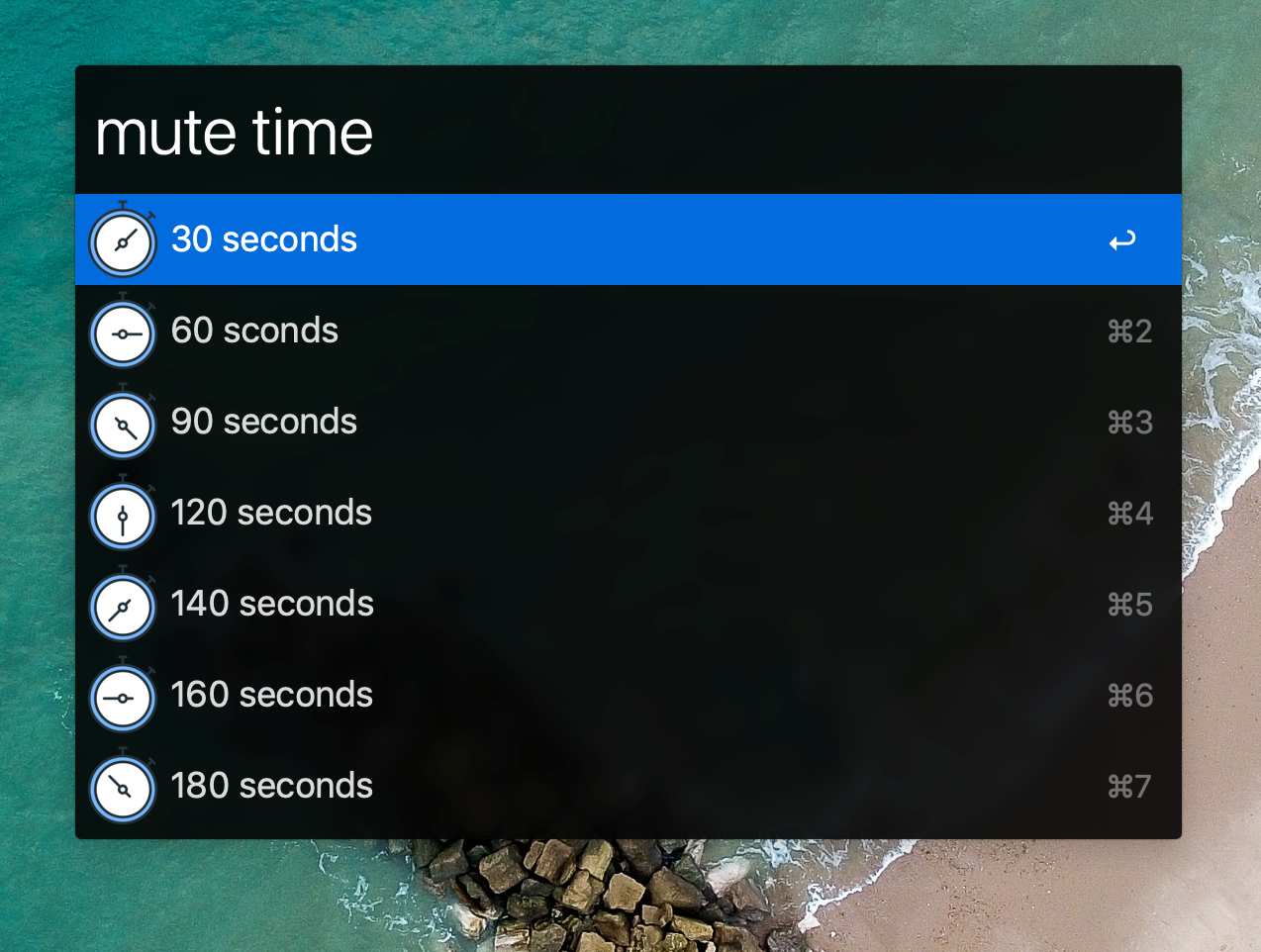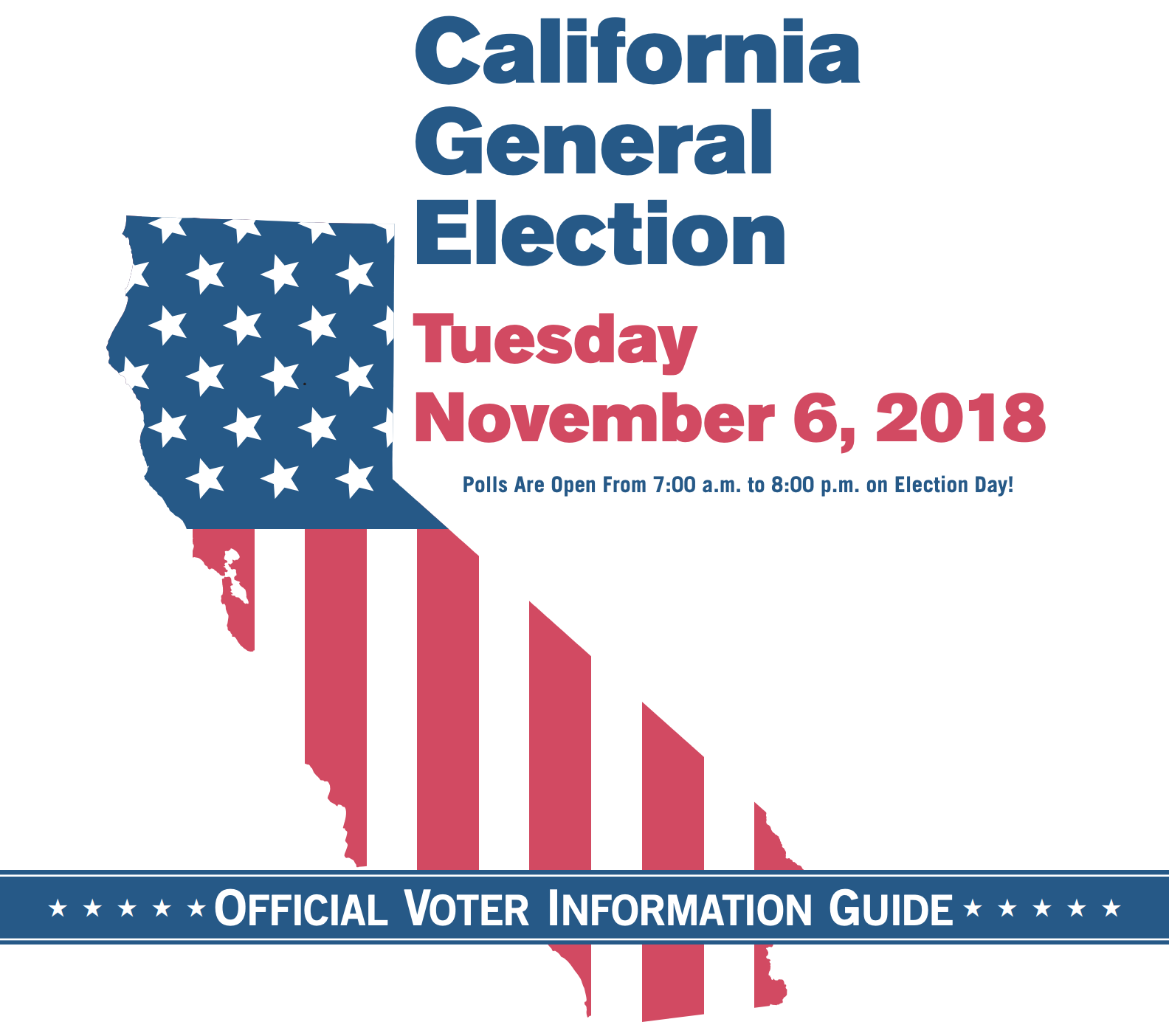👍 Fail State
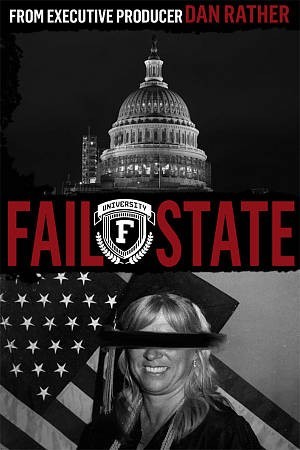
Fail State is a documentary which investigates the rise of the for-profit college industry in American higher education. The film provides a fantastic map of how we arrived at the place we are at now. Here is my brief summary:
Before World War II, the American population with a college degree was small. However, with the return of 15 million service members following the end of WWII, the U.S. government decided to provide an array of servicemen benefits through the GI Bill, particularly in the area of education. Millions of veterans went to college after the war thanks to the GI Bill and the number of college degrees earned per year more than doubled. The federal investment in education inspired states to follow suit and nearly every state made large investments in public college systems.
The amount of federal and state funds flowing into public colleges led to a blossoming of fantastic institutions. The competition these low-cost, high-value public colleges created for students led to considerable application decreases for private colleges. This existential threat for private colleges led them to push for legislation to save themselves: the 1972 Higher Eduction Act. This legislation changed the way that federal funds flowed to higher education. Instead of providing funds directly to colleges, the federal government would give the money directly to students in the form of loans, work-study programs, and grants. This would allow students to use the funds to choose the higher eduction institution of their choice, be it private, public, or even for-profit.
This change suddenly allowed for-profit colleges to receive federal money through student loans. The for-profit industry quickly expanded while failing to follow through on their promises of a quality education. Complaints to the government about the fraudulent behavior of for-profit colleges soon began surfacing, but Democrats fought the closure of schools as they saw them as good resources for poor people who had not been well served by traditional higher education.
By the early 1980s, it was becoming evident that the claims against for-profits were true as increasing numbers of graduates were unable to find jobs, forcing them to default on their federal student loans. Initially, it was the Republicans and Southern Democrats who were upset by the behavior of for-profit institutions. They saw the waste of federal money as unacceptable and opened investigations into many for-profit colleges which eventually led to thousands being shut down.
In 1992, George H.W. Bush signed into law regulations intended to curb for-profit abuse:
- Enacted the 85/15 rule: Said that for-profit institutions had to get at least 15% of their revenue from sources other than federal student aid. (This rule was eventually changed to 90/10.)
- Forbid paying bonuses to recruiters for enrolling new students.
- Enacted the 50/50 rule: Said that at least 50% of a college’s students had to attend a brick-and-mortar campus.
The 1972 Higher Education Act not only created an environment for an abusive for-profit education sector to thrive, it led to a significant decrease in education funding for public institutions. The act decided that states would be in charge of handling public higher education. The result was that almost immediately states began cutting their higher education budgets. Higher education spending was viewed as the largest item of discretionary spending. It was viewed as unnecessary spending that could yield large savings if cut and therefore it was.
Additionally, during the 1980s the Reagan Administration decided to cut federal spending on higher education. Their argument was that during the 1970s the responsibility of putting a child through college shifted from the child and their parents to the government and they were giving that responsibility back to the family. Instead of providing funding, the Reagan Administration decided that they would increase the amount of money students could receive through loans.
After the regulations imposed by President George H.W. Bush, for-profit colleges quietly went about their business until his son arrived in the White House. With the presidency of George W. Bush, interest was lost in policing the for-profit education sector. Upon taking office Bush installed the chief lobbyist for the University of Phoenix, Sally Stroup, as his head of policy for higher education at the Department of Education. Bush also put Bill Hanson, a lobbyist for the student loan industry, as the Deputy Secretary of Education. Immediately, these two people pushed to dismantle the safeguards put in place a decade earlier by Bush’s father, H.W. For example, Bill Hanson led an effort which put loopholes in for-profits’ ability to compensate recruiters for enrolling new students. Another effort between Sally Stroup and John Boehner eventually passed legislation that removed the 50/50 rule, opening up a windfall of enrollment at online colleges.
In addition to easing regulations through the Executive branch, for-profit institutions also ramped up donations to members of the Legislative branch. Money for political donations was easy to come by as Wall Street took an interest in the for-profit sector. The increasing amount of contributions allowed favored legislators to quickly rise through the ranks of the Republican party. Once these people comprised the leadership, the rank-and-file quickly fell in line to support for-profit education.
Resistance to the expansion of for-profit colleges did not return until President Obama came to office. However, by that time the for-profit sector had so thoroughly purchased politicians on both side of the aisle that Obama was unable to propose meaningful regulations. Nevertheless, watered-down regulations were passed during the Obama Administration. However, now that President Trump and Betsy DeVos are at the wheel they have dismantled the meager regulations passed under the Obama Administration, opening up the for-profit sector for another cycle of taking billions of dollars in federal student loans in return for a worthless education.
As depressing as this subject is, the documentary does a great job at laying out how the government created the conditions for for-profit colleges to flourish and how the government continues to allow for-profit colleges to take advantage of the most vulnerable members of our population. The film is definitely worth a watch.
Watch the film [iTunes, Vimeo, Amazon, YouTube, Google Play, etc.]
IMDB


